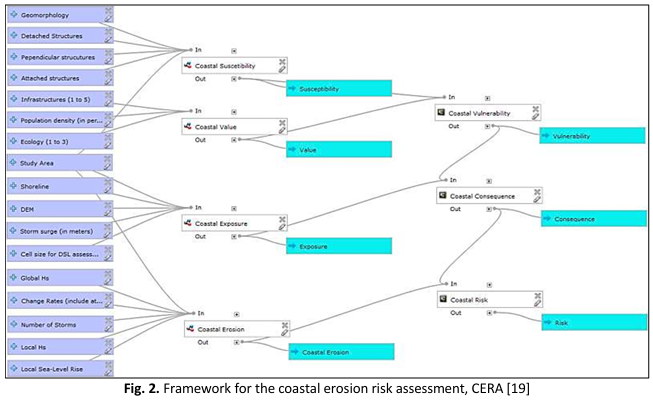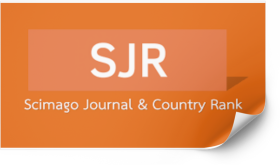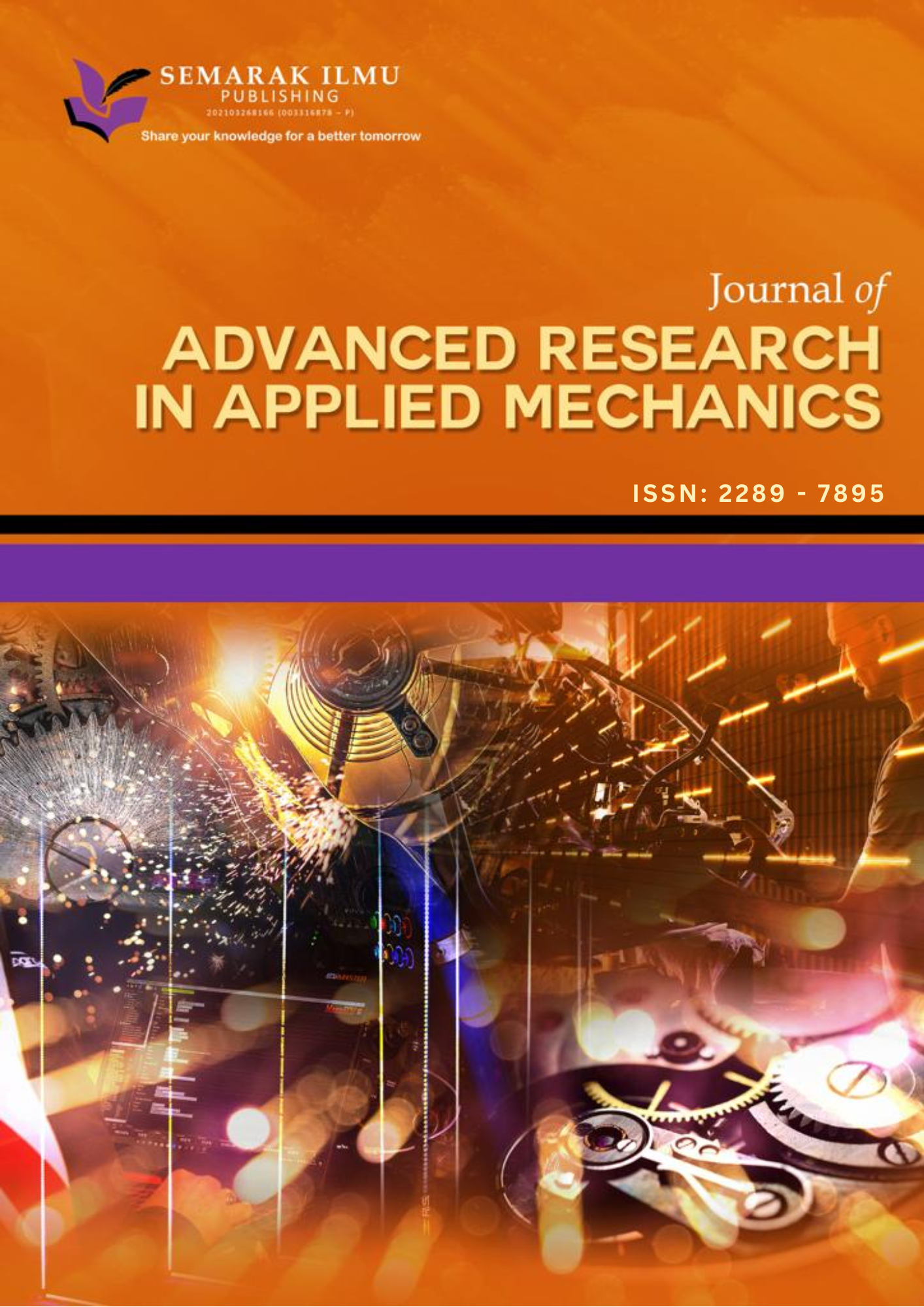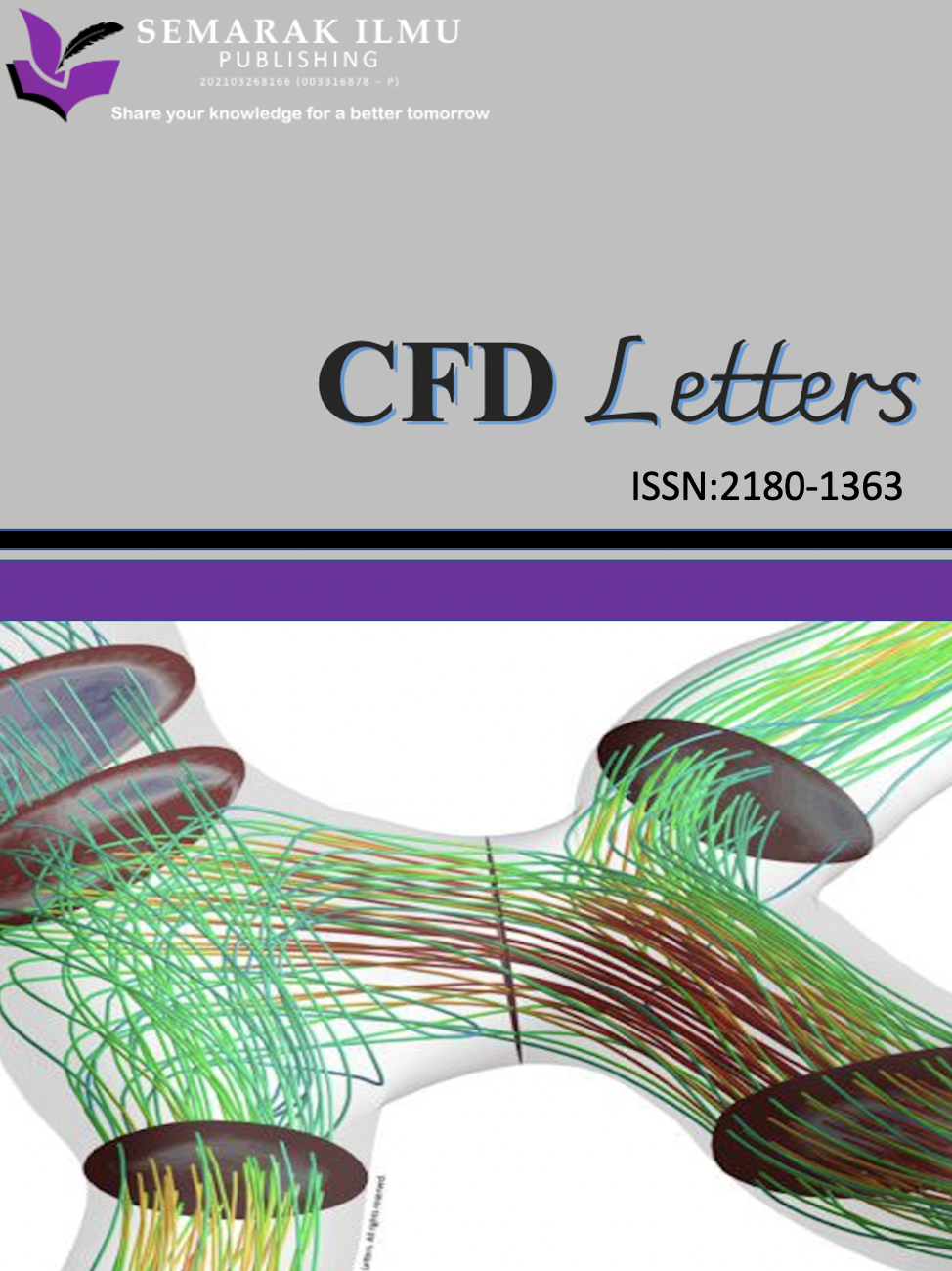Assessing Coastal Erosion Risks: A Comparative Study of Coastal Vulnerability Index and Coastal Erosion Risk Assessment Methods
DOI:
https://doi.org/10.37934/ard.132.1.91102Keywords:
Coastal erosion, CERA, CVI, risk, vulnerabilityAbstract
Coastal erosion poses significant environmental and socio-economic challenges, necessitating robust assessment methodologies for effective management. This study provides a comparative analysis of two widely used coastal risk assessment approaches: the Coastal Vulnerability Index (CVI) and the Coastal Erosion Risk Assessment (CERA). CVI evaluates broad-scale vulnerability based on physical and environmental indicators such as sea-level rise, shoreline erosion rates and geomorphology, making it suitable for large-scale coastal planning. In contrast, CERA integrates additional socio-economic and infrastructural factors to offer a more localized, high-resolution risk assessment, making it particularly useful for site-specific management and mitigation strategies. The study highlights key differences in spatial scope, data requirements and applicability, demonstrating that CVI is optimal for regional-scale vulnerability mapping, while CERA provides detailed risk classification essential for immediate intervention. The findings suggest that integrating both methodologies could enhance coastal risk assessments by combining CVI’s large-scale vulnerability insights with CERA’s detailed, site-specific risk evaluations. This hybrid approach would support more informed decision-making and adaptive strategies to mitigate coastal erosion impacts effectively.
Downloads























